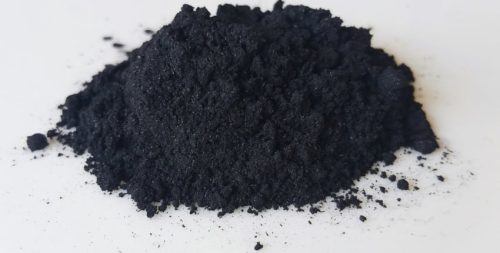Spherical graphite is a high value-added deep-processing product in graphite products. It has the characteristics of concentrated particle size distribution, high tap density, small specific surface area and stable quality. It is currently an ideal lithium battery anode material and has broad prospects in the field of new energy.
Natural graphite has good electrical conductivity, high crystallinity, and good layered structure. It is currently the most widely used negative electrode material for lithium-ion batteries. Graphite negative electrodes generally use natural flake graphite, but there are several disadvantages as follows:
(1) Flake graphite powder has a large specific surface area, which has a great influence on the first charge and discharge efficiency of the negative electrode;
(2) The sheet structure of graphite determines that Li+ can only be embedded from the end surface of the material and gradually diffuse into the interior of the particle. Due to the anisotropy of flake graphite, the Li+ diffusion path is long and uneven, resulting in a low specific capacity;
(3) The layer spacing of graphite is small, which increases the diffusion resistance of Li+, and the rate performance is poor. During fast charging, Li+ is easy to deposit on the surface of graphite to form lithium dendrites, which leads to serious safety hazards [1].
In order to solve the above inherent shortcomings of graphite flakes, it is necessary to modify graphite to optimize the performance of negative electrode materials. At present, one of the main modification methods is spheroidization. The spheroidized natural graphite material has a smaller specific surface area and a higher tap density, so it has a higher first-time Coulombic efficiency, a higher reversible charge-discharge capacity and better cycle stability.
Natural graphite spheroidization process
The traditional spheroidization process is usually divided into two stages: crushing and shaping (spherification) stage. The main goal of the crushing stage is to crush the graphite flakes to a particle size suitable for shaping; at the same time, remove the fine powder generated during the crushing process. Although the main purpose of the crushing stage is crushing, a small amount of scales will be shaped into spherical particles. The main goal of the shaping stage is to turn the flaky graphite into spherical particles.
Because the rate of forming a ball at one time is relatively low, generally less than 40%. With the progress of research, the more popular one is the secondary spheroidization process.
In recent years, the use of lithium-ion batteries in computers, communications and consumer 3C electronic products has grown rapidly. With the rapid growth of hybrid vehicles and pure electric vehicles in the global market, lithium-ion power batteries have also ushered in explosive growth. In this regard, the continuous growth of market demand for lithium-ion battery anode materials also stimulates the growth of demand for spherical graphite. In the future, it is necessary to continue to strengthen the research on the mechanism and process of graphite spheroidization, improve the existing spheroidization equipment and develop new spheroidization equipment to cope with the increasing market demand for spherical graphite and the continuous improvement of product quality and stability requirements.


